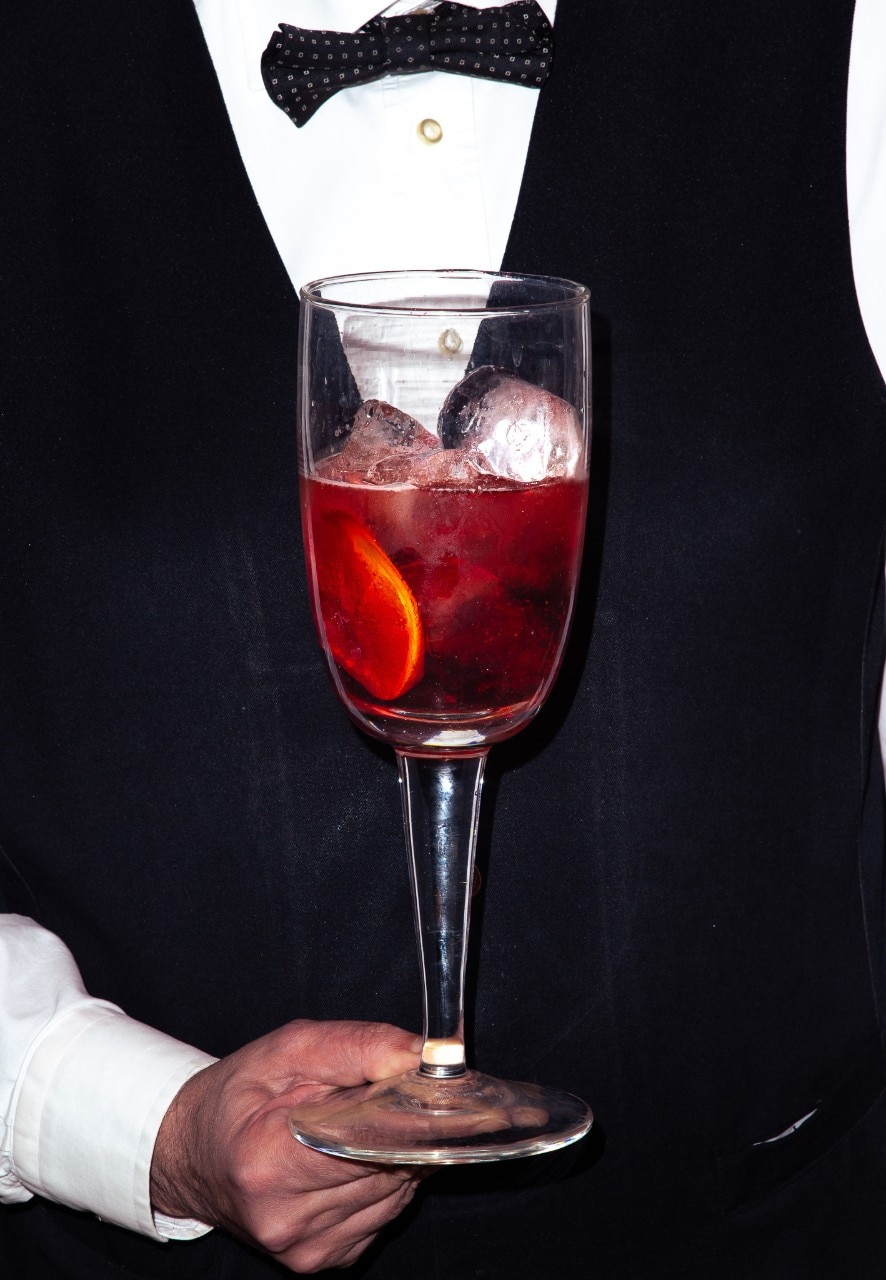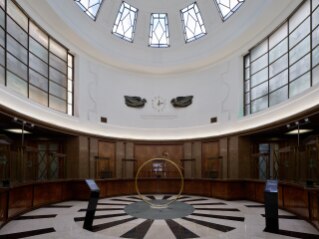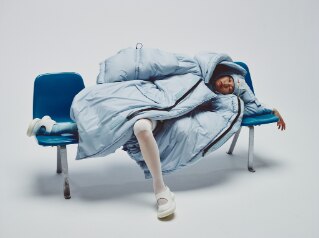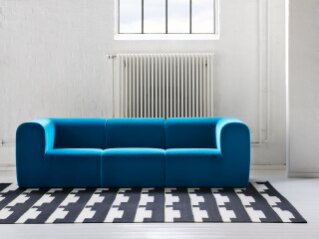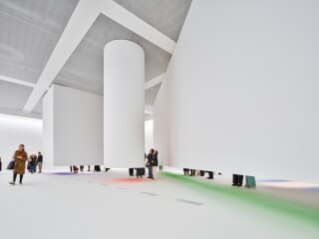There are the great classics that have made the city’s history, symbols that are almost a cliché, from the Galleria Vittorio Emanuele II designed by Mengoni, the nineteenth-century prototype of the modern shopping mall, to the ossobuco risotto served on the checked tablecloths at the osteria (although they say that the Milanese today favor sushi over all-you-can-eat… ); the silent icons of a city life that fills the eyes, and not only, with design, from the handrails of the first subway line designed by the Albini-Helg studio to the famous big glass of the sbagliato at Bar Basso, a safe harbor where restless souls in search of a cathartic libation traditionally land during the intense days of the Salone & Fuorisalone. And then there is the tomb of Antonio Bernocchi, a textile industrialist and philanthropist from Legnano, who contributed, among other things, to the construction of the Palazzo dell’Arte (aka the Triennale) with a generous bequest; his cenotaph at the Monumentale was sculpted by Giannino Castiglioni, often remembered more for his progeny than for his works: Livio, Pier Giacomo and Achille, the Castiglioni brothers, were his sons.
All of this, captured in the bold shot of Eric Scaggiante, a 2000-born photographer with a passion for flashes and bikes, is transformed into the images that will accompany Milanese and non-Milanese alike during the days of the upcoming Fuorisalone. In fact, he is responsible for the images of Milano Home of Design, the new campaign of YesMilano, the brand that deals with the promotion of the city and that in recent years has contributed to narrating and reshaping its identity through the dear, old art of the urban poster – for Milano Home of Design, about 300 digital screens and 500 posters starting April 12.

The operation’s subtext is obvious: Milan is a design capital in an absolute sense, not just for one week a year, the campaign wants to tell, highlighting roots that go back in history and subvert the albeit fundamental design=mobile equation. Of furniture, in the campaign photos, there is none – just as there is no fashion, another asset that makes the Milan brand recognizable and recognized in every corner of the globe as “the city of fashion and design”. But there’s no need for that, because everything in Milan “is focused on design,” explains Luca Martinazzoli, general manager of Milano&Partners, the official agency of the municipality to which YesMilano belongs. The Milanese lifestyle is at one with design, “which has permeated the city in a widespread way,” he points out.
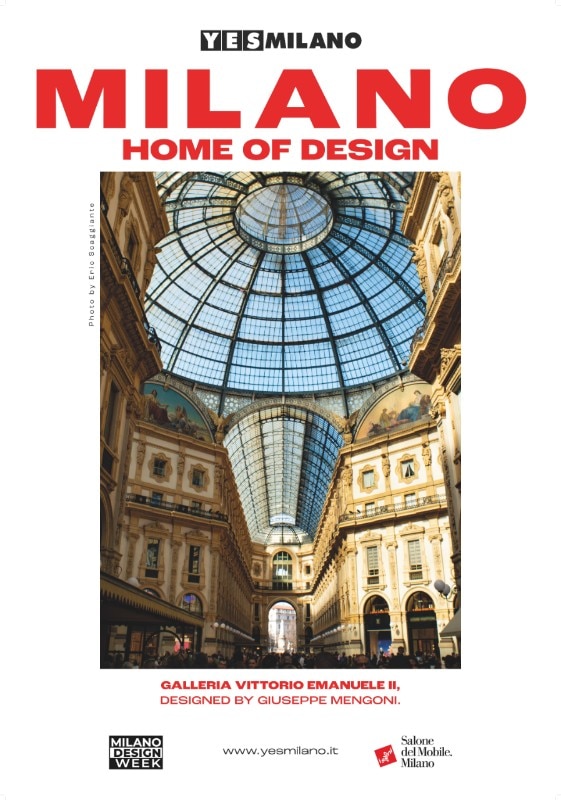
The advertorial campaign, created by Wunderman Thompson, an agency of the WPP group, will also appear on Instagram and is accompanied by an online guide to Design Week, as well as a series of “neighborhood” itineraries focused on sustainable and inclusive initiatives, themes were chosen by the Milanese municipality in the construction of the schedule. The guide gets out of the usual circle, with more attention to less famous districts coming into the limelight this year. Milan after all is an “booming” city, as Martinazzoli calls it, and the Fuorisalone demonstrates this perfectly.
This year, “for the most important week in our city,” explains Councillor for Economic Development Alessia Cappello to Domus, there will be 1,200 events, about 40 percent more than last year, “the post-Covid revival edition, which we thought was the most extensive possible.” In addition to the “usual” districts like Durini, Brera, and Tortona, there are new realities coming to the kermesse, for a total of about 20 districts, in which peep the novelties of Porta Venezia, Certosa, Monumentale. With the confirmation that Fuorisalone has an effective role in urban generation and recovery of the city’s industrial heritage: last year the military hospital and Baranzate, this year former reformatory Marchiondi and the wide ex-slaughterhouse area with Alcova. “We would like design to have a year-round role,” Cappello concludes, “and that neighborhoods could follow the development.”
All photos courtesy Milano&Partners

"The Wings", the triple-certified building of the future
The Wings is an innovative complex that combines futuristic design and sustainability. With BREEAM Excellent, WELL Gold, and DGNB Gold certifications, the building houses offices, a hotel, and common areas, utilizing advanced solutions such as AGC Stopray glass for energy efficiency.

